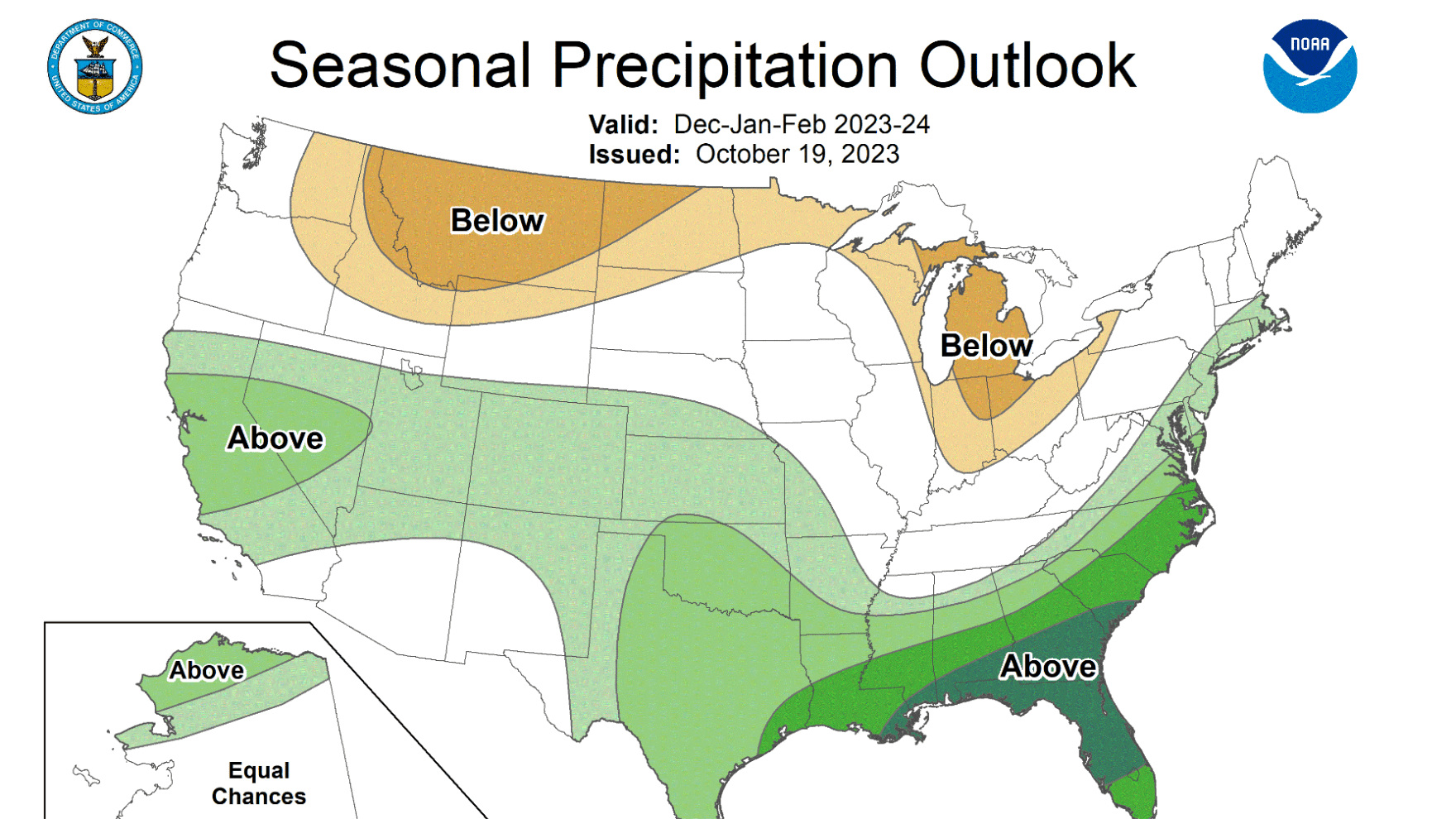U.S. Winter Forecast For New Jersey
The National Oceanic and Atmospheric Administration’s (NOAA) Climate Prediction Center has unveiled its highly anticipated Winter Outlook for the 2023-2024 season, revealing intriguing predictions for the entire United States.
This forecast is heavily influenced by the re-emergence of El Niño, which is expected to play a significant role in shaping the upcoming winter weather patterns.

U.S. Winter Forecast Announced – New Jersey
According to NOAA, we can expect a 40-50% chance of warmer than average temperatures in certain regions, coupled with a 33-40% chance of more snowfall than usual. In this article, we will delve into the key takeaways from the report and what they mean for various industries and sectors across the nation.
One of the most notable factors influencing this year’s winter outlook is the return of El Niño. This climate phenomenon occurs when there is a sustained warming of the central and eastern equatorial Pacific Ocean. El Niño often results in a domino effect of weather patterns, influencing global climate conditions.

The northern regions of the United States can anticipate a milder winter, with a 40-50% chance of experiencing warmer-than-average temperatures. While the specifics of this prediction can vary from state to state, the overall impact of this trend may result in reduced heating costs for households, as well as potential energy savings.

Despite the anticipation of warmer temperatures in the northern states, NOAA’s Winter Outlook also highlights a 33-40% chance of above-average snowfall in specific regions. (see chart) This surprising twist in the forecast might bring excitement to winter enthusiasts, but it also poses challenges to various industries.

While this might be good news for water resources and agriculture in these regions, it also raises concerns about the potential for flooding, which could impact communities, infrastructure, and local economies.
Also See: North Wildwood’s Beach Mitigation Challenge
In summary, it’s reasonable to expect that New Jersey will experience some snow this year. However, temperatures are expected to be slightly above the average, potentially resulting in more rainfall than snowfall.
